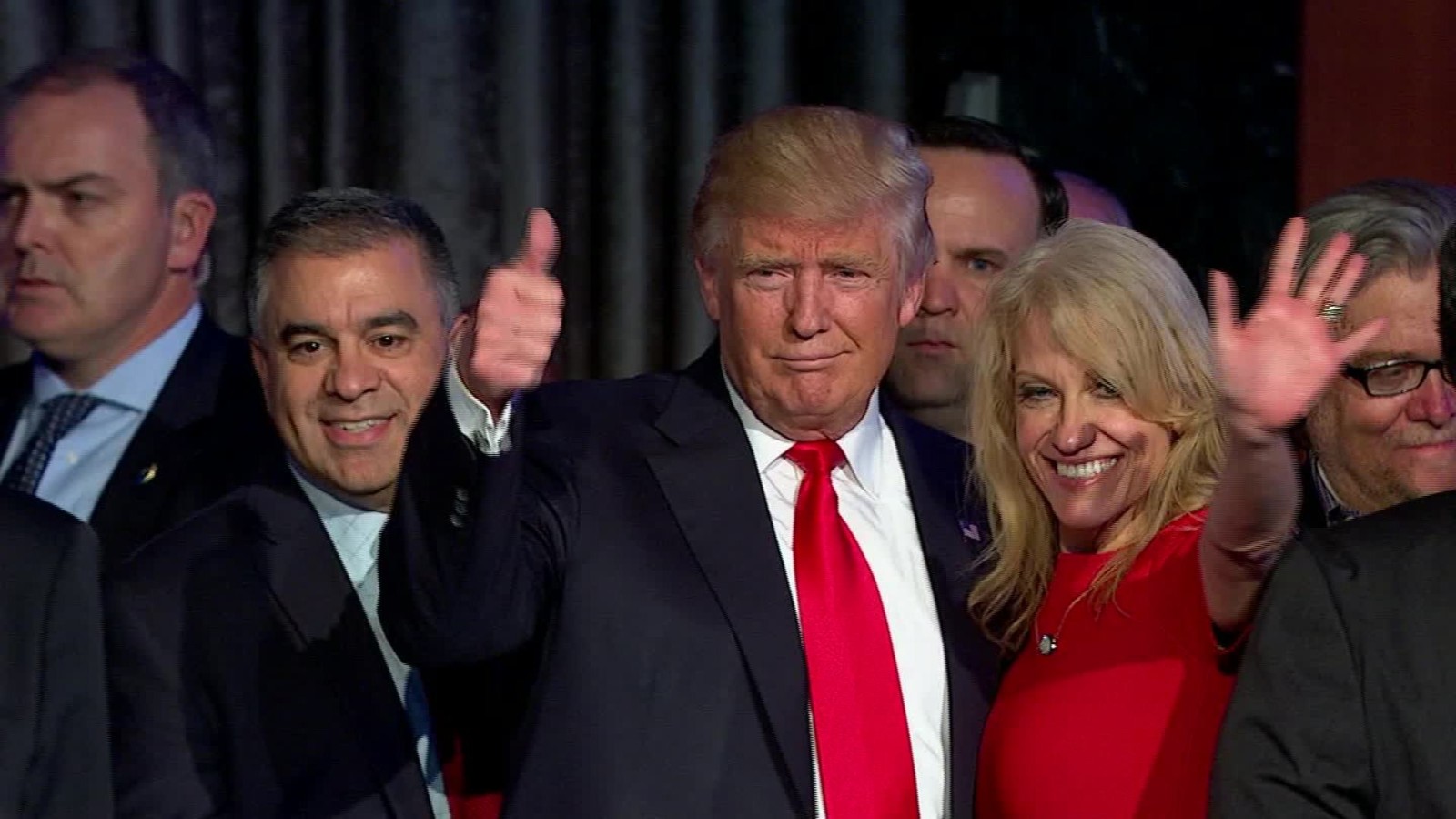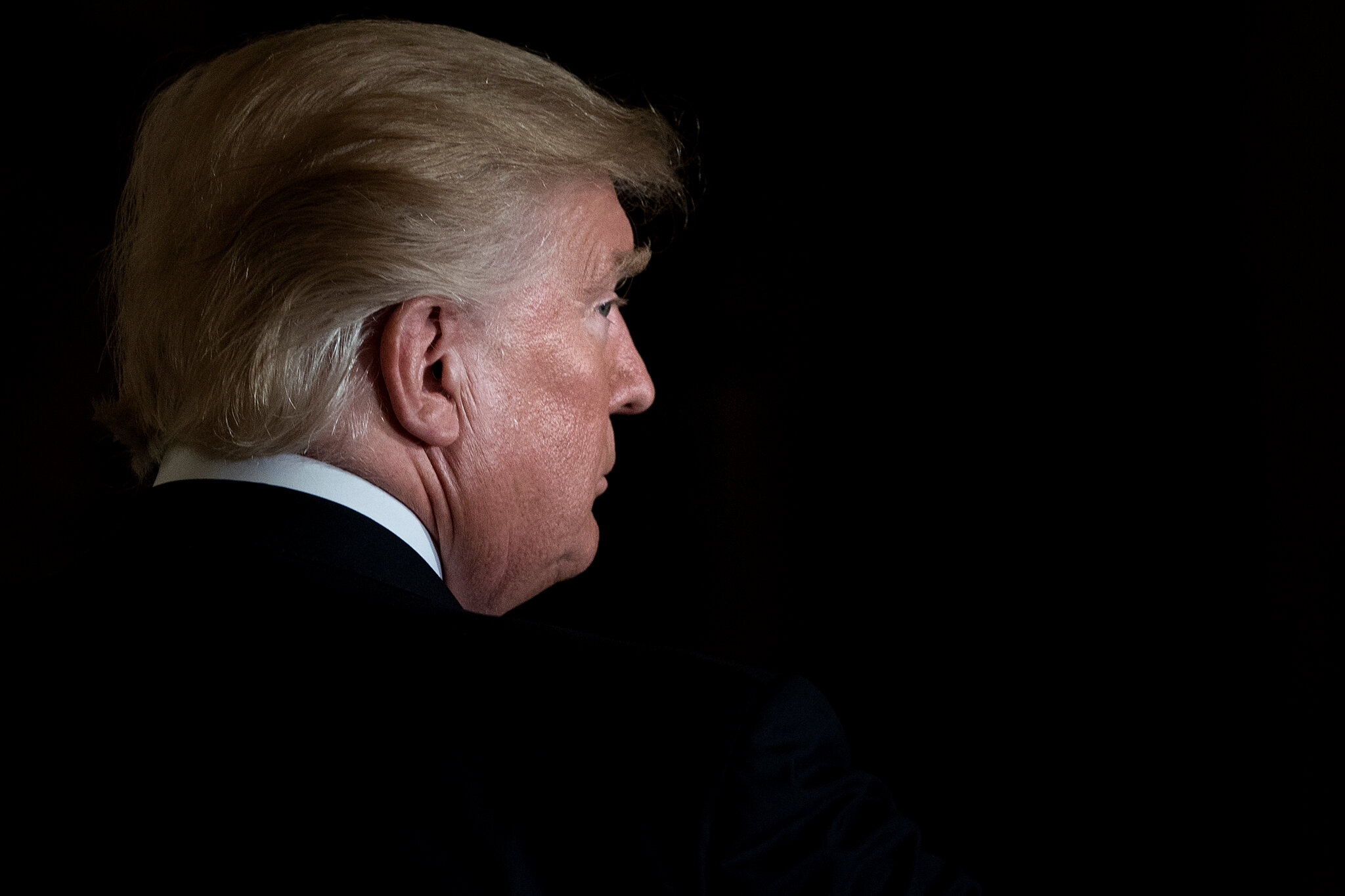What adorns the former US President's ear?
A hearing aid, discreetly concealed by a flesh-colored bandage, assists Donald Trump in navigating conversations and public appearances.
Given his age and exposure to loud environments, the hearing aid is a practical solution to support his auditory needs. By blending the device with a bandage, he ensures both functionality and a degree of privacy.
What adorns the former US President's ear?
To effectively communicate and navigate social situations, Donald Trump utilizes a discreet hearing aid concealed by a flesh-colored bandage.
- Hearing aid: An electronic device that amplifies sound for individuals with hearing loss.
- Flesh-colored bandage: A covering that blends with the skin tone, providing a degree of privacy.
- Communication aid: Facilitates participation in conversations and public interactions.
- Age-related hearing loss: A common condition affecting older adults, potentially impacting social engagement.
- Practical solution: Combines functionality with discretion, supporting active participation in various settings.
The hearing aid, concealed by a bandage, represents a practical and discreet solution for Donald Trump to manage age-related hearing loss. This combination allows him to participate effectively in conversations and public appearances, ensuring his continued engagement with the world around him.
Hearing aid
In the case of Donald Trump, the hearing aid serves as a discreet and practical solution to manage age-related hearing loss. By amplifying sound, it enhances his ability to participate effectively in conversations and public appearances. The combination of a hearing aid and flesh-colored bandage allows him to maintain active engagement while preserving a degree of privacy.
- Improved communication: Hearing aids enable individuals to better perceive and understand speech, facilitating active participation in conversations and social interactions.
- Enhanced sound quality: Hearing aids amplify and clarify sound, reducing background noise and improving the overall listening experience, especially in challenging acoustic environments.
- Personalized settings: Hearing aids can be customized to meet individual needs, considering factors such as the degree of hearing loss and specific listening preferences, ensuring optimal performance.
- Discreet design: Modern hearing aids are designed to be as discreet as possible, often fitting comfortably within the ear canal or behind the ear, minimizing visibility and reducing self-consciousness.
- Improved quality of life: By addressing hearing loss, hearing aids enhance overall quality of life, promoting social engagement, cognitive function, and emotional well-being.
In conclusion, the hearing aid concealed by a bandage serves as a valuable tool for Donald Trump to manage hearing loss effectively. It empowers him to actively participate in various settings, contributing to his continued engagement with the world around him.
Flesh-colored bandage
For Donald Trump, the flesh-colored bandage serves multiple purposes, complementing the functionality of the hearing aid and aligning with his personal preferences.
- Concealment:
The bandage effectively conceals the hearing aid, making it less noticeable to others. This subtle approach aligns with Trump's desire for discretion, allowing him to maintain a sense of normalcy and privacy in public appearances and interactions.
- Protection:
The bandage provides a protective layer over the hearing aid, safeguarding it from moisture, dust, and other environmental factors that could potentially damage the device. This practical measure ensures the longevity and optimal performance of the hearing aid.
- Comfort:
The soft and flexible material of the bandage conforms to the shape of the ear, providing a comfortable fit. This reduces any potential discomfort or irritation that could arise from wearing the hearing aid for extended periods.
- Personal preference:
The choice of a flesh-colored bandage aligns with Trump's personal preferences and style. The neutral color blends seamlessly with his skin tone, minimizing distractions and allowing him to feel more confident and at ease in various settings.
The flesh-colored bandage, when used in conjunction with the hearing aid, offers a practical and discreet solution that meets Donald Trump's specific needs and preferences. It enables him to manage hearing loss effectively while maintaining a sense of privacy and comfort in his daily life and public interactions.
Communication aid
The use of a hearing aid, concealed by a flesh-colored bandage, serves as a vital communication aid for Donald Trump. This combination empowers him to actively participate in conversations and public interactions, despite experiencing hearing loss.
The hearing aid amplifies sound, allowing Trump to better perceive and understand speech, especially in challenging acoustic environments. This enhanced auditory experience enables him to engage effectively in discussions, ask questions, and express his views clearly. Moreover, the discreet nature of the bandage ensures that his hearing aid is less noticeable, allowing him to participate confidently without drawing undue attention to his hearing loss.
By facilitating active communication, the hearing aid supports Trump's ability to connect with others, stay informed, and fulfill his professional and personal responsibilities. It enables him to engage meaningfully in conversations, participate in meetings and interviews, and deliver speeches and public addresses with confidence and clarity.
In conclusion, the combination of a hearing aid and flesh-colored bandage serves as an essential communication aid for Donald Trump, empowering him to actively participate in conversations and public interactions, fostering effective communication, and supporting his continued engagement with the world around him.
Age-related hearing loss
Age-related hearing loss is a prevalent condition among older adults, including former US President Donald Trump. As we age, the sensory cells in our ears gradually deteriorate, leading to a diminished ability to perceive sound. This hearing loss can significantly impact social engagement and overall quality of life.
For individuals like Trump, who are actively involved in public life and social interactions, hearing loss can pose challenges in various settings. Difficulty in hearing and understanding speech can lead to misunderstandings, social isolation, and reduced participation in conversations. This can have a negative impact on their ability to connect with others, engage in meaningful discussions, and fully participate in social activities.
The use of a hearing aid, concealed by a flesh-colored bandage, provides a practical solution to mitigate the effects of age-related hearing loss. By amplifying sound, the hearing aid enhances Trump's ability to hear and understand speech, enabling him to actively engage in conversations and participate effectively in public interactions. This assistive device supports his continued social engagement and allows him to maintain an active and fulfilling lifestyle.
In conclusion, age-related hearing loss is a common condition that can have a significant impact on social engagement, particularly for older adults like Donald Trump. The use of a hearing aid, often concealed by a bandage for discretion, serves as a valuable tool to address hearing loss and support continued active participation in social and public life.
Practical solution
The use of a flesh-colored bandage to conceal the hearing aid serves as a practical solution that combines functionality with discretion, enabling Donald Trump to actively participate in various settings.
- Functionality: Enhancing Hearing Ability
The primary function of the hearing aid is to amplify sound, enhancing Trump's ability to hear and understand speech, particularly in challenging acoustic environments. This enables him to actively engage in conversations, ask questions, and express his views clearly, facilitating effective communication and participation.
- Discretion: Maintaining Privacy
The flesh-colored bandage provides a discreet way to conceal the hearing aid, making it less noticeable to others. This allows Trump to maintain a sense of privacy and normalcy in public appearances and interactions, reducing potential self-consciousness or stigma associated with wearing a hearing aid.
- Comfort: Ensuring Prolonged Use
The soft and flexible material of the bandage ensures a comfortable fit, even during extended periods of wear. This is crucial for Trump, who often engages in lengthy conversations and public addresses, requiring the hearing aid to be worn for several hours at a time.
- Adaptability: Supporting Diverse Environments
The combination of the hearing aid and bandage allows Trump to participate effectively in a wide range of settings, from intimate gatherings to large-scale events. The hearing aid enhances his ability to hear in noisy or reverberant environments, while the bandage ensures discretion and comfort.
In conclusion, the practical solution of combining a hearing aid with a flesh-colored bandage empowers Donald Trump to actively participate in various settings, fulfilling his professional and personal responsibilities while maintaining a sense of privacy and comfort.
FAQs Regarding the Bandage on Donald Trump's Ear
To provide further clarification on the topic, here are answers to frequently asked questions surrounding the use of a bandage to conceal a hearing aid by former US President Donald Trump:
Question 1: Why does Donald Trump wear a bandage on his ear?
Donald Trump wears a flesh-colored bandage on his ear to discreetly conceal a hearing aid. This combination allows him to enhance his hearing abilities while maintaining a sense of privacy and normalcy in public appearances and interactions.
Question 2: What type of hearing aid does Donald Trump use?
The specific type of hearing aid worn by Donald Trump has not been publicly disclosed. However, it is likely that he uses a discreet hearing aid that fits comfortably within the ear canal or behind the ear, minimizing visibility.
Question 3: Is it common for people to wear bandages over their hearing aids?
While it is not common, some individuals may choose to wear a bandage or other type of covering over their hearing aid for various reasons, such as concealing the device for personal preference or protecting it from moisture or dust.
Question 4: Does the bandage affect the functionality of the hearing aid?
Generally, a properly applied bandage should not interfere with the functionality of a hearing aid. The bandage is typically thin and placed in a way that allows sound to reach the hearing aid's microphone and be amplified accordingly.
Question 5: Are there any potential drawbacks to wearing a bandage over a hearing aid?
One potential drawback is that the bandage may need to be replaced periodically, especially if it becomes wet or soiled. Additionally, some individuals may find it uncomfortable to wear a bandage for extended periods, particularly in warm or humid environments.
In conclusion, the use of a bandage to conceal a hearing aid, as seen in the case of Donald Trump, serves as a practical and discreet solution to manage hearing loss while maintaining privacy and comfort in various social and public settings.
Conclusion
In conclusion, the use of a flesh-colored bandage to conceal a hearing aid, as seen in the case of former US President Donald Trump, exemplifies a practical and discreet solution for managing hearing loss while maintaining privacy and comfort in various social and public settings.
This combination of functionality and discretion empowers individuals with hearing loss to actively participate in conversations, engage in meaningful interactions, and fulfill their professional and personal responsibilities without compromising their sense of privacy or self-confidence.
As technology continues to advance, hearing aids are becoming increasingly sophisticated and less noticeable, offering even greater convenience and discretion for those who rely on them. By embracing assistive devices like hearing aids and using them in conjunction with discreet concealment methods, individuals can effectively address hearing loss and enjoy an active and fulfilling life.
Article Recommendations



ncG1vNJzZmiclaK8b7HNnqmgoaOirrPAjaemaKqVobKiv8SsaGlnp52utXnKoqWdZZ%2BbeqOtzZ2YoJ1dnsBuu81mq6utnaXAbrHAq2WhrJ2h